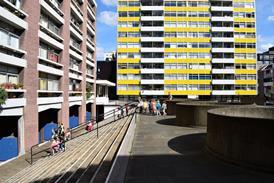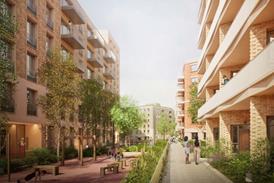- Home
- Intelligence for Architects
- Subscribe
- Jobs
- Events

2025 events calendar Explore now 
Keep up to date
Find out more
- Programmes
- CPD
- More from navigation items
Creating a space that suits five generations: can it be achieved?

When seeking to design offices that help bring people back into the workplace, we must consider the overlapping needs of each generation, writes Stuart Finnie
The office design of today has a lot to live up to. It needs to meet the ever-changing requirements of the hybrid world and the different models of working that have emerged since the pandemic. However, one of the more pressing challenges that the workspace has had to adapt to is the nuanced needs of a multi-generational workforce.
The office now accommodates five different generations at any one time, all with differing requirements of their workspace. From the emerging Generation Z right up to the Baby Boomers and Traditionalists, the office is home to a real mix of demographics.
…
This content is available to registered users | Already registered?Login here
You are not currently logged in.
To continue reading this story, sign up for free guest access
Existing Subscriber? LOGIN
REGISTER for free access on selected stories and sign up for email alerts. You get:
- Up to the minute architecture news from around the UK
- Breaking, daily and weekly e-newsletters
Subscribe to Building Design and you will benefit from:

- Unlimited news
- Reviews of the latest buildings from all corners of the world
- Technical studies
- Full access to all our online archives
- PLUS you will receive a digital copy of WA100 worth over £45
Subscribe now for unlimited access.






